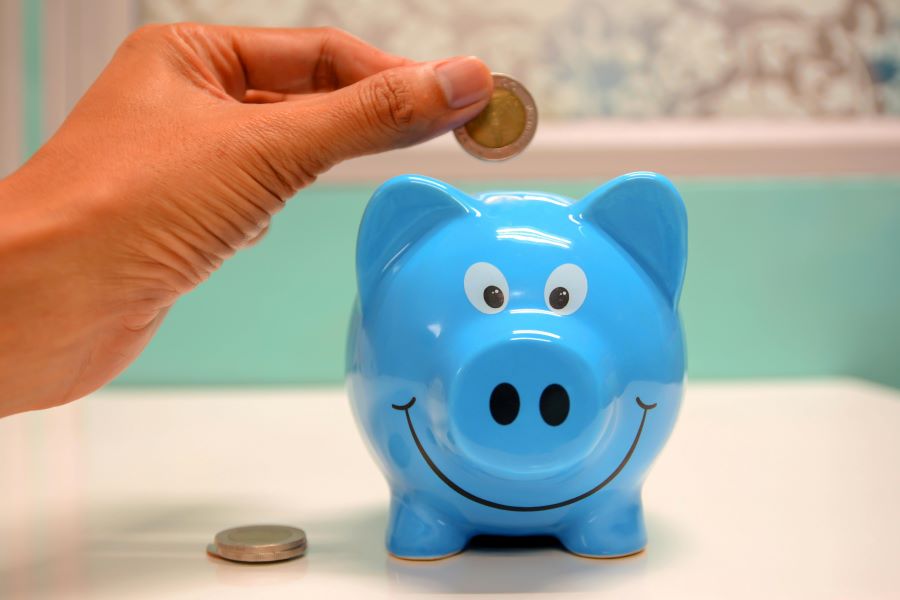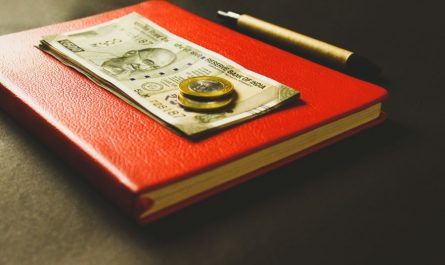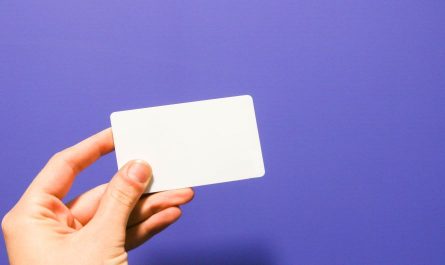Suppose you have taken a loan from any bank or credit lending institution. Now, you will have to pay this loan back to the bank, either as a lumpsum or via EMIs. However, at times, people often take loans but do not pay it back, which ends up becoming a bad loan for the bank. Such practices are frowned upon and not supported, which is why banks then have to ensure they get the loan recovered from the lender.
In this blog, we will tell you what is meant by loan recovery, what are the laws around it, and how the entire process usually works. If you are a borrower, then the loan recovery process is important for you to know and understand.
What is Loan Recovery?
Loan recovery refers to the measures taken by banks or financial institutions to retrieve the amount owed on defaulted loans. This process is initiated when a borrower fails to make scheduled payments according to the terms agreed upon in the loan contract. Effective loan recovery is crucial for maintaining the financial health of lending institutions and ensuring the stability of the broader financial system.
Read more: Different types of personal loans in India
Bank Loan Recovery Rules
Bank loan recovery is regulated by laws that protect both the lender’s rights to recover the funds and the borrower’s rights against harassment. Here are some key principles:
- Fair Practices: Banks are required to adhere to fair practices that respect the borrower’s dignity and circumstances. Aggressive tactics or harassment is prohibited.
- Transparency: Lenders must keep borrowers informed about the dues and the recovery process. This includes providing notices before initiating recovery actions.
- Right to Due Process: Borrowers are entitled to a fair hearing and the opportunity to present their side or work out a modified repayment plan before drastic measures are taken.
These rules are designed to ensure that recovery efforts are conducted legally and ethically, preventing abuses that could occur in the collection process.
Read more: Minimum salary needed to get a personal loan
Personal Loan Recovery Rules
Personal loan recovery often involves more direct interaction with the borrower because personal loans are generally unsecured. Here’s how the recovery process for personal loans is typically structured:
- Communication: The first step usually involves contacting the borrower via phone, mail, or email to discuss the overdue payments and explore possible solutions.
- Repayment Plans: Lenders may offer options for restructuring the debt, including extended payment terms or reduced payments, to help the borrower meet their obligations.
- Legal Action: If these efforts fail, the lender may proceed with legal action to recover the owed funds. This is generally a last resort.
Loan Recovery Process
The loan recovery process can vary by institution and the type of loan but typically follows a structured pathway:
- Initial Contact: Lenders will first attempt to reach out to the borrower to discuss the missed payments and understand the borrower’s financial situation. This is often done through reminders and notices.
- Formal Demand: If the initial contacts do not result in payment, the lender will issue a formal demand for payment, which sets a clear timeline for settling the debt.
- Repayment Arrangement: Depending on the borrower’s response and financial status, the lender might propose a repayment plan or settlement offer. This is aimed at making it easier for the borrower to clear their debt without full legal proceedings.
- Collection Agencies: In some cases, banks may engage third-party collection agencies to handle the recovery. These agencies must operate within the bounds of the law, avoiding abusive tactics.
- Legal Proceedings: As a last resort, the lender might initiate legal proceedings to recover the defaulted loan. This step involves taking the case to court and obtaining a judgment against the borrower.
- Repossession or Foreclosure: For secured loans, the lender may repossess or foreclose on the collateral (such as property or vehicles) used to secure the loan.
- Write-offs: If all recovery efforts fail, the lender may write off the loan as a loss in their financial statements. However, this does not necessarily absolve the borrower from the debt.
Read more: How to get a personal loan for the self-employed in India?
Best Practices for Loan Recovery
To ensure an efficient and fair loan recovery process, financial institutions should adhere to the following best practices:
- Empathy and Respect: Treat borrowers with dignity and respect throughout the recovery process.
- Transparency: Maintain clear communication and transparency with borrowers about their rights and obligations.
- Compliance: Ensure all recovery actions comply with legal standards and guidelines.
- Documentation: Keep detailed records of all communications and transactions with the borrower.
Therefore, loan recovery is a complex process that requires balancing the lender’s need to recover funds with the rights and circumstances of the borrower. It is important that both the lenders and borrowers understand how the loan recovery process works so that both sides are empathic of the situation before things escalate to a legal level.


 Get App
Get App  Airtel Store
Airtel Store  Login
Login 


